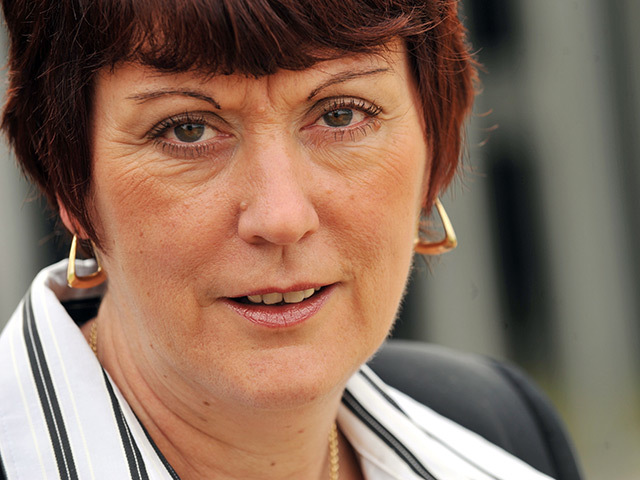
The chairwoman of the UK’s Health and Safety Executive has paid tribute to the leadership shown by the North Sea industry’s Step Change in Safety team since the helicopter crash two weeks ago.
Judith Hackett – an engineer by profession – said the speed with which Step Change’s Helicopter Safety Steering Group came together less than 24 hours after the event to make the decision to withdraw all Super Puma flights demonstrated “great leadership”.
“The continued investment which both the industry and unions are making to ensure that the workforce is properly briefed about the safety of the helicopter fleet is a great example of working together,” she said at Offshore Europe yesterday.
Ms Hackett applauded the manner in which the HSSG had overcome the leadership challenges associated with reintroducing Pumas to active service within days of the crash, while explaining the decision and continuing to take the workforce with it.
“The Step Change leadership team presents a model of inclusion,” she said. “It recognises that to be credible and to make significant improvements in health and safety, you need a number of things.
“Key duty-holders have to be involved from across industry and, in Step Change, this means both contractors and operators.
“Its members are senior leaders who are able to make commitments and who are able to influence their wider peer groups in industry and to truly drive that improvement from the top.
“It includes other stakeholders like the HSE and Oil and Gas UK and, crucially, the workforce is involved.
“They come to the table not just to tick the box but because they come the table as equals. The value of their contribution is recognised by everyone. When the workers speak, industry leaders actually listen.”
Ms Hackett said she strongly believed safety representatives were a real force for improving health and safety in all workplaces, not least in the offshore industry.
Pointing to evidence that the system was working offshore, she said last year’s HSE inspection programme to assess compliance with the safety representatives safety committee regulations had proved encouraging.
She said it was clear that the foundations of an even better relationship had been laid, a core element of which was the drive for continuous improvement, which was a topic of discussion at the Piper 25 Conference in June. Again, workforce engagement would be vital.
“We cannot talk about continuous improvement without recognising the important role that the workforce is playing,” she said.
“But workforce involvement is just one aspect of building the right safety culture, which in turn is critical for securing long-term improvements.
“We cannot underestimate the difficulties of addressing that offshore, because it means acknowledging concerns, listening, responding, and winning hearts and minds of workers who are often not your own employees, who are increasingly from different cultures and who speak different languages.”
Ms Hackett warned that the journey would be tough, saying that one of the tricky issues facing everyone is updating and refreshing knowledge because that’s important.
Recommended for you
